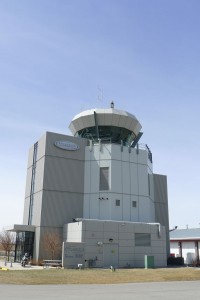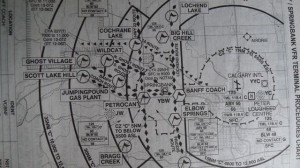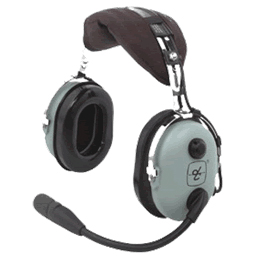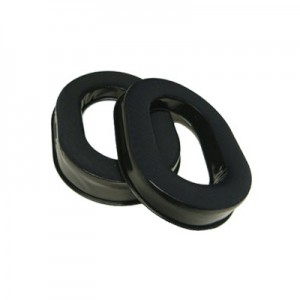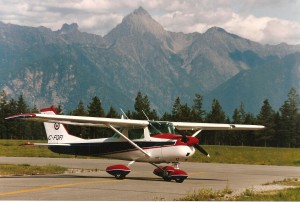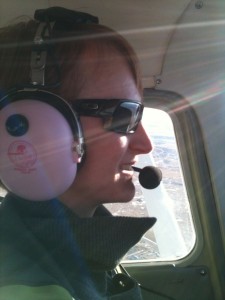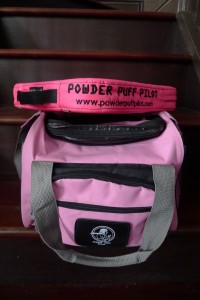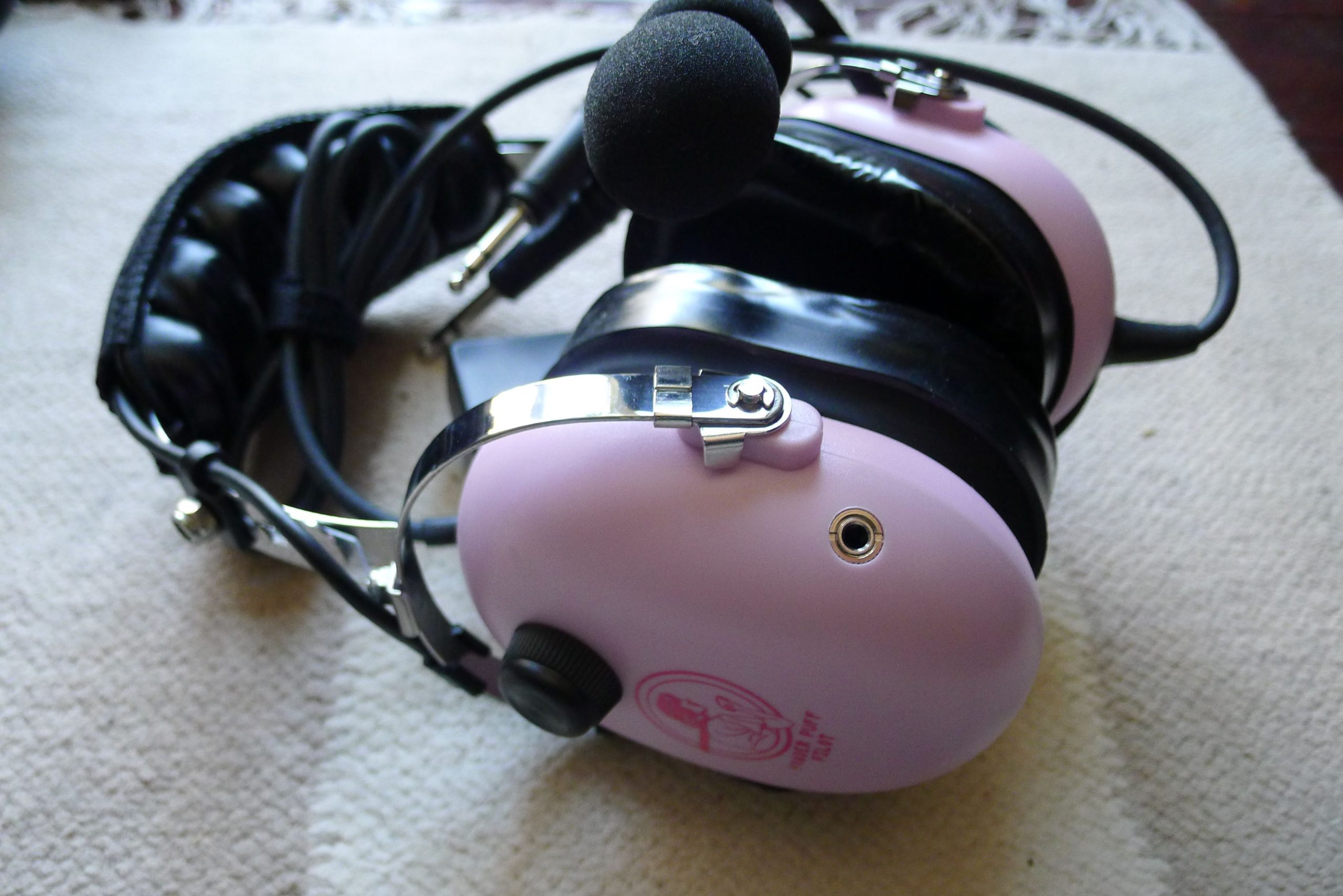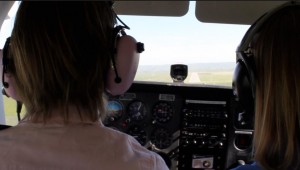
A true pilot geek, I couldn’t resist an invitation to head out and see Disney’s new movie “Planes” last weekend. Though I am not a fan of animation movies, this one is a bit different – and will be appreciated by aviation enthusiasts and pilots young and old. It is a charmingly modest spin-off from Disney’s “Cars.”
The movie is a story of Dusty Crophopper, a tail dragger cropduster plane that has big dreams to fly in an international air race. Used to flying low and slow – which is what cropduster planes are built for, he has to learn advanced aerobatics and loose his fear of flying at high altitudes. He is from the fictional town of Propwash Junction and has never flown above 1000′. He is flying no higher than circuit altitude.
The character is based on the Air Tractor AT-301 cropduster, and also bears resemblance to the Cessna 188 and also the Polish-made PZL-Mielec M-18 Dromader. In order to train for this race, Dusty enlists the help of Skipper Riley, a Chance Vought F4U Corsair, a carrier-capable fighter aircraft.
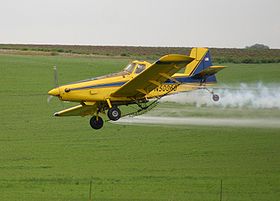
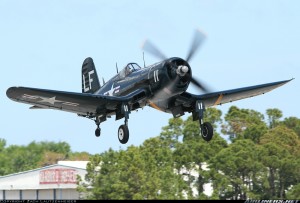
The story is about never giving up on your dreams and helping those in need. Though this may sound cliche, keep in mind it is a kid’s movie, but and in fact, due to the great challenges of flying, not giving up on your aviation dreams is actually a common theme and important advice. What I’m more interested in is how technically accurate the flying scenes and aircraft detail are, which is no coincidence since a long list of aviation consultants were involved, including flight supervisor Jason McKinley, among many other experts, who helped make the flight sequence scenes look real.
The background story for the movie was an idea of executive producer John Lasseter, director Klay Hall and screenwriter Jeffrey Howard, through which the idea was born about some four and a half years ago. During the first rounds of production, they thought that the planes looked like toys and not real aircraft. It quickly became apparent that there had to be a strong focus on aviation realism.
Another expert consultant was flight and engineering specialist Sean Bautista. He oversaw that modifications to Dusty from a crop spraying plane to an air racer were realistic. Little things were kept in mind, in fact, he advised that they don’t supercharge Dusty’s engine because this isn’t possible with the Pratt & Whitney PT6. He also advised the model of wings that should be used to make him fly faster – Lockheed T-33. Impressive attention to detail!
The authenticity of an actual air race and air park are based on research as well. The producers made trips to Reno Air Races to get a feel for what racing is like, among many other places. The airplanes have a “pudgier” look to them to make them cuter and add character. As well, their canopies are higher so the eyes are visible. The only plane which is based soley on one type of aircraft is the hilarious Mexican Casanova El Chupacabra, based on a Bee Gee. The next authentic airplane is Skipper, based on the F4U Corsair.

One of my favorite recreations is the addition of Echo and Bravo, fighter jets based on F-18’s. These supposed to emulate Iceman and Goose in Top Gun! The jet fighters wear the same color helmets as the Top Gun characters, and Val Kilmer aka “Iceman” is behind the voice of Bravo, and Anthony Edwards, aka “Goose” is Echo.
I also noticed that great attention was paid to engine sounds. The sounds of the actual airplanes was recorded to match the respective planes they were inspired by. In addition to this, the movie was created in Disneytoon studios, which was a thriving and busy airport back in the early 1900s. The taxiways in the hallway no doubt served as a sort of subliminal inspiration.
The movie is a delight to watch and is a lot of fun in 3D. I was paying attention to the technical pilot stuff and probably missed a few other movie details, so I will catch it again when it comes out.
In the usual big movie studio style, Disney even made die-cast action figures, (planes) featuring all of the plane characters from the movie. Cute. Know any kids that are interested in aviation?
Have you seen the movie in theatres or are you waiting to get the DVD? Or both?
